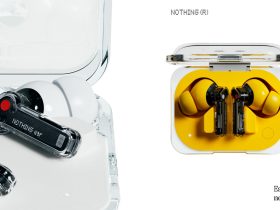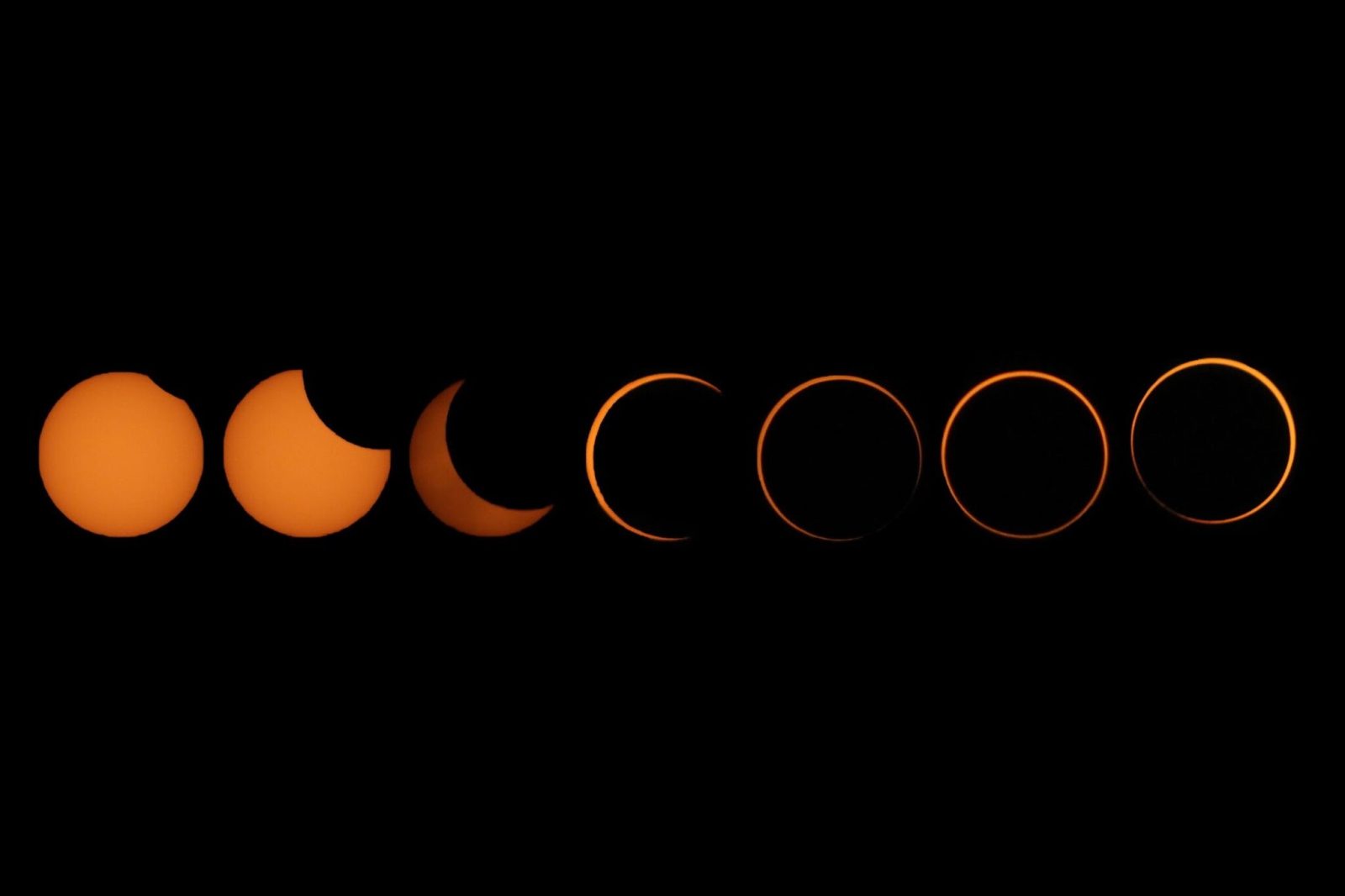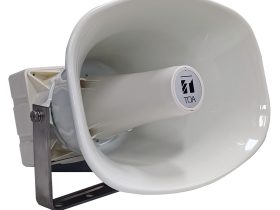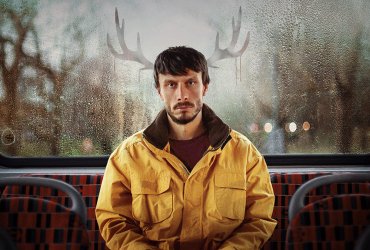If you, like many others, are excited to check out the solar eclipse this coming Monday, you’ll want to be able to do so as safely as possible. This means wearing the proper gear over your eyes. For photographers and photography enthusiasts, you might be getting ready to capture photos or video recordings of the event. If so, Nikon Canada is offering some useful tips to help.
In the first part of the video series, How to Prepare for The Solar Eclipse – Part 1, Nathan from Nikon talks about the right types of lenses, filters, and other accessories you’ll need to have on hand. If you require French language content, use the French captioning option in YouTube settings for the video.
In the second video, How to Prepare for The Solar Eclipse – Part 2, Nathan shows you what camera settings and techniques to use for the solar eclipse so you get social media-worthy images and even ones you’ll want to print, frame, and hang on your wall.
Additionally, Nikon Canada is offering other useful tips to note before setting up for the perfect shot.
- Make sure to place the solar filter in FRONT of any telescope, camera lens or mirror. It should NEVER be used behind an eyepiece, viewfinder or lens, including any drop-in filters found on lenses.
- Do NOT point the camera at the sun when the lens is NOT protected by a filter that is specifically designed for solar viewing.
- Even if you are wearing solar observing glasses, do NOT look through a viewfinder of a camera if the lens is not protected by a solar viewing filter.
- Chris Ogonek, Manager of Product & Training at Nikon Canada, also notes it’s important your filter says “Solar Filter” to ensure you’re getting the proper protection. It should also be rated at ND10000.
You can find additional resources on how to record the eclipse on the Nikon Canada website. Refer to this map for the best places and exact times where you can enjoy a partial or total view of the eclipse.
What is the Solar Eclipse?
The total solar eclipse is the first solar eclipse since one from August 2017, which was viewable from Madras, Oregon and the first total solar eclipse since 1979. It will pass over Canada, the U.S., and Mexico. This event occurs when the moon passes between the sun and Earth. It completely blocks the face of the sun and the sky will darken as if it were dusk. The next total solar eclipse won’t be viewable until August 23, 2044, 20 years from now.
The best spots to view the total solar eclipse in Canada are Montreal, QC, Kingston, Niagara Falls, and Hamilton, ON. You can also take the short trip across the Ontario border into Buffalo, New York to get a good view.
If you plan to take a trip with the family, consider spots like Point Pelee National Park near Lake Erie; Long Point Provincial Park in Lake Erie; and Parc National du Mont-Orford, QC.
Remember to wear proper glasses to protect your eyes, check the exact timing of the full solar eclipse for the location where you’ll be, and leave plenty of extra time as there will likely be tons of traffic and crowds.









